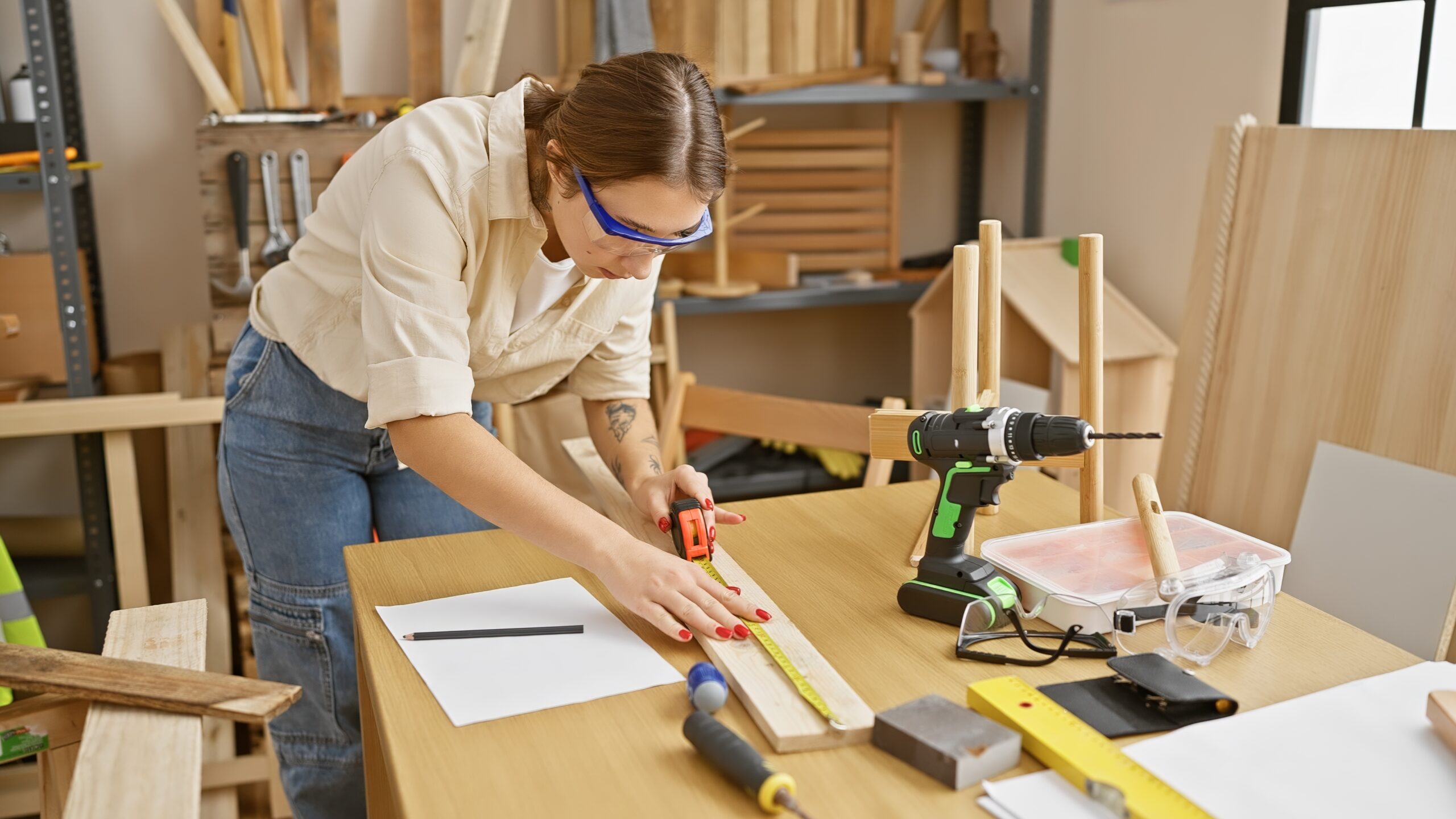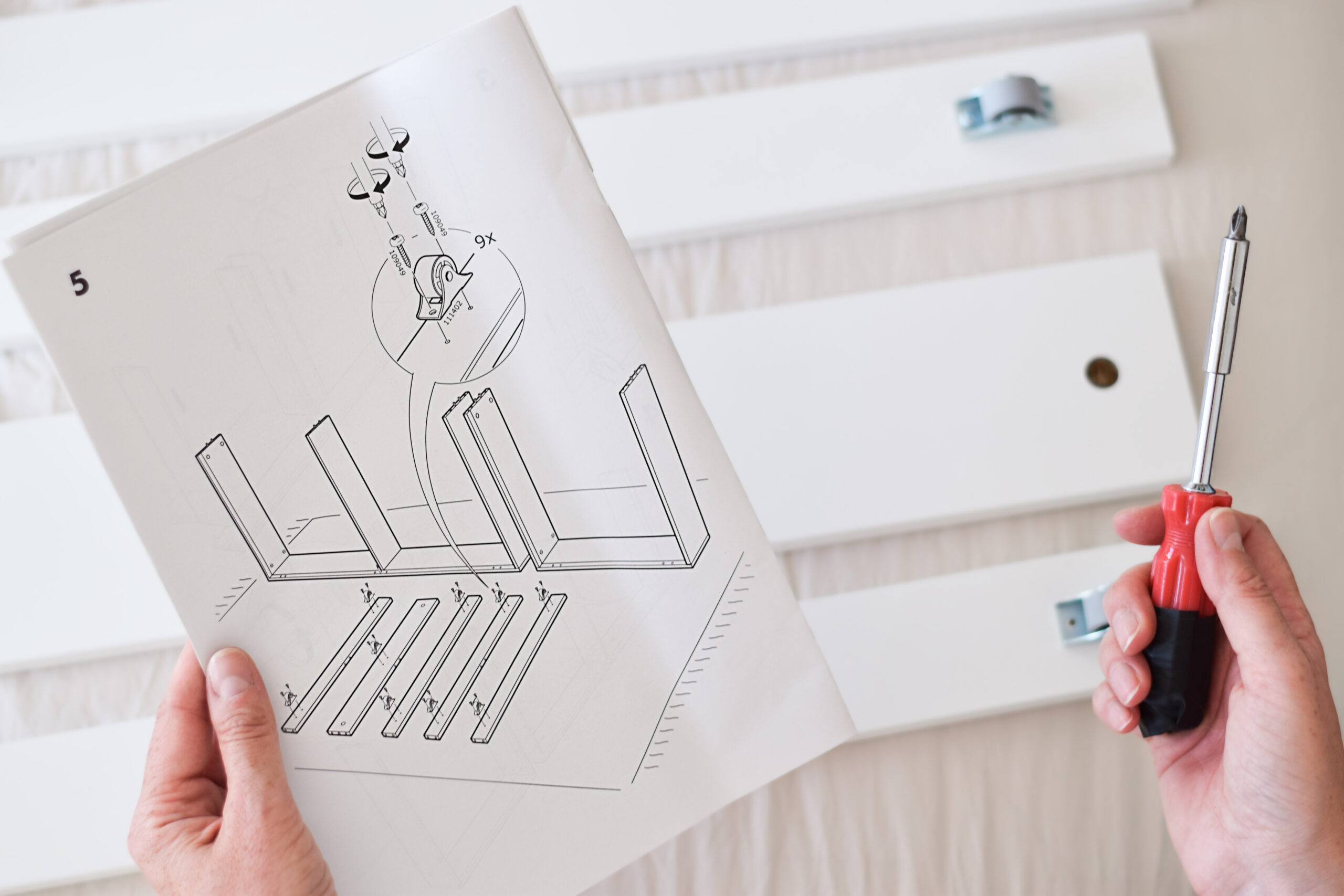Taking on a DIY project can be a thrilling way to unleash your creativity and save some cash—until things start going wrong. What seems like a simple weekend project can quickly turn into a time-consuming, money-draining headache if you’re not careful. Even with countless DIY tutorials online, there are some things they just do not tell you and these have become the common pitfalls that can end up costing you more than you bargained for.
Contents
- 1 Unrealistic Budgeting
- 2 Lack of Proper Tools
- 3 Inadequate Planning
- 4 Underestimating Time
- 5 Skipping Safety Precautions
- 6 Using Low-Quality Materials
- 7 Overestimating Your Skills
- 8 Ignoring Permits and Regulations
- 9 Poor Measurement Practices
- 10 Improper Sequencing of Tasks
- 11 Inadequate Surface Preparation
- 12 Taking On Too Much at Once
- 13 Rushing Through the Project
- 14 Not Considering Future Maintenance
- 15 More From RetailShout
- 16 14 Best Fashion Finds at Sam’s Club for Great Prices
- 17 16 Culinary Mishaps That Accidentally Led to Famous Recipes
Unrealistic Budgeting

One of the most common pitfalls in DIY projects is underestimating the cost. Many people start with a budget that only covers the bare essentials, not accounting for unexpected expenses like additional materials, specialized tools, or fixing mistakes. This can quickly spiral into overspending, leaving you with a half-finished project and an empty wallet. Always plan for a buffer in your budget to accommodate unforeseen costs. Without it, your DIY dream can turn into a costly nightmare.
Lack of Proper Tools

Starting a project without the right tools can lead to poor results and wasted time. Many DIYers try to make do with what they have, using incorrect or subpar tools that aren’t designed for the job. This not only slows you down but can also cause damage to materials, resulting in further expenses. Investing in or renting the proper tools is essential to ensuring a quality outcome. Skimping on tools might seem like a money-saver, but it often leads to costly errors and rework.
Inadequate Planning

Jumping into a DIY project without a solid plan is a recipe for disaster. Failing to measure accurately, skipping steps, or not considering the sequence of tasks can lead to mistakes that require expensive fixes. Planning also includes understanding the scope of the project and knowing when to call in professional help. A well-thought-out plan can save you both time and money by preventing common mistakes and ensuring a smooth workflow.
Underestimating Time

Many DIY enthusiasts are overly optimistic about how long a project will take. What seems like a weekend project can easily stretch into weeks if not planned properly. Time overruns not only lead to frustration but can also increase costs, especially if you’re renting tools or equipment. Be realistic about your time commitments and factor in potential delays, such as bad weather or material shortages. A rushed project often results in sloppy work that may need to be redone, further wasting time and resources.
Skipping Safety Precautions

Ignoring safety guidelines is another pitfall that can lead to costly consequences. Failing to wear protective gear or properly secure a worksite can result in injuries, which not only derail your project but can also lead to medical expenses. Additionally, not following safety protocols can damage your property, requiring costly repairs. Taking shortcuts on safety is a gamble that rarely pays off and can lead to significant financial and time losses.
Using Low-Quality Materials

It’s tempting to save money by opting for cheaper materials, but this often backfires. Low-quality materials are more likely to fail, requiring repairs or replacements sooner than expected. This not only wastes your initial investment but also your time, as you’ll need to redo parts of the project. High-quality materials may have a higher upfront cost, but they offer better durability and longevity, ultimately saving you money in the long run.
Overestimating Your Skills
Many DIYers fall into the trap of thinking they can tackle any project with a few online tutorials. However, overestimating your skills can lead to costly mistakes. Complex tasks like electrical work, plumbing, or structural changes often require professional expertise. Attempting these without the necessary skills can result in significant damage and expensive repairs. Know your limits and don’t hesitate to hire a professional for parts of the project that are beyond your skill level.
Ignoring Permits and Regulations

Failing to obtain the necessary permits or comply with local building regulations is a common pitfall in DIY projects. Skipping this step can result in fines, forced removal of completed work, or issues when selling your home. Permits and regulations are in place for safety reasons, and ignoring them can lead to serious legal and financial consequences. Always check with your local authorities to ensure you’re following the rules before starting any significant project.
Poor Measurement Practices

“Measure twice, cut once” is a saying for a reason. Inaccurate measurements can lead to wasted materials, improper fits, and a lot of frustration. Whether it’s cutting lumber, installing tile, or hanging wallpaper, precision is key to a successful project. Rushing through measurements or relying on guesswork will likely result in costly mistakes that waste both time and money. Take the time to measure carefully and double-check your work to avoid unnecessary errors.
Improper Sequencing of Tasks

Not following the correct sequence of tasks can create significant setbacks in a DIY project. For example, painting before all the prep work is done or installing flooring before the walls are finished can lead to extra work and potential damage. Understanding the logical order of tasks helps prevent having to redo work, which wastes both time and materials. Before starting, map out the entire process step by step to ensure a smooth and efficient workflow.
Inadequate Surface Preparation

Skimping on surface preparation is a common mistake that can ruin your project. Whether it’s not sanding properly before painting or failing to clean surfaces before applying adhesive, inadequate prep work can result in poor finishes or weak bonds. This often leads to the need for repairs or starting over entirely, which wastes time and money. Proper surface preparation might seem like a tedious step, but it’s crucial for the longevity and quality of the finished product.
Taking On Too Much at Once

Biting off more than you can chew is a sure way to waste time and money on a DIY project. Tackling multiple projects simultaneously or underestimating the complexity of a task can lead to burnout and half-finished work. It’s better to focus on one project at a time and complete it before moving on to the next. This approach ensures that each project gets the attention it needs, reducing the risk of costly mistakes and rework.
Rushing Through the Project

In a hurry to finish, many DIYers rush through their projects, leading to mistakes and poor craftsmanship. Rushing often results in overlooked details, uneven finishes, or even structural issues that need to be corrected later. This not only wastes time but also increases costs as you may need to buy additional materials or hire a professional to fix the errors. Patience and attention to detail are key to avoiding costly rework and ensuring a high-quality finish.
Not Considering Future Maintenance

Finally, failing to consider the long-term maintenance of your DIY project can waste both time and money. For example, choosing a high-maintenance material or a design that’s difficult to clean can create ongoing costs and headaches. It’s important to think about how your project will hold up over time and what maintenance it will require. Selecting materials and designs that are durable and easy to maintain can save you from future expenses and time-consuming upkeep.
This article originally appeared on RetailShout.
More From RetailShout
10 Aldi Holiday Finds Perfect for Hosting and Gifting

The holiday season is here, and Aldi has outdone itself with a lineup of festive finds perfect for making your celebrations extra special. Whether you’re hosting family dinners, throwing a party, or looking for unique gifts, they’ve got something for everyone. Read More.
14 Best Fashion Finds at Sam’s Club for Great Prices

Sam’s Club is a hidden gem for budget-conscious shoppers who want trendy pieces without the hefty price tag. Whether you’re looking to update your wardrobe with seasonal essentials or invest in timeless fashion staples, Sam’s Club offers a wide range of options for both men and women. Read More.
16 Culinary Mishaps That Accidentally Led to Famous Recipes

Sometimes, the best things happen when least expected, and the kitchen is no exception. Some of the most famous recipes we know today started off as pure accidents. Read More.







